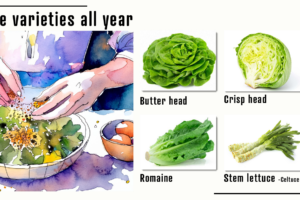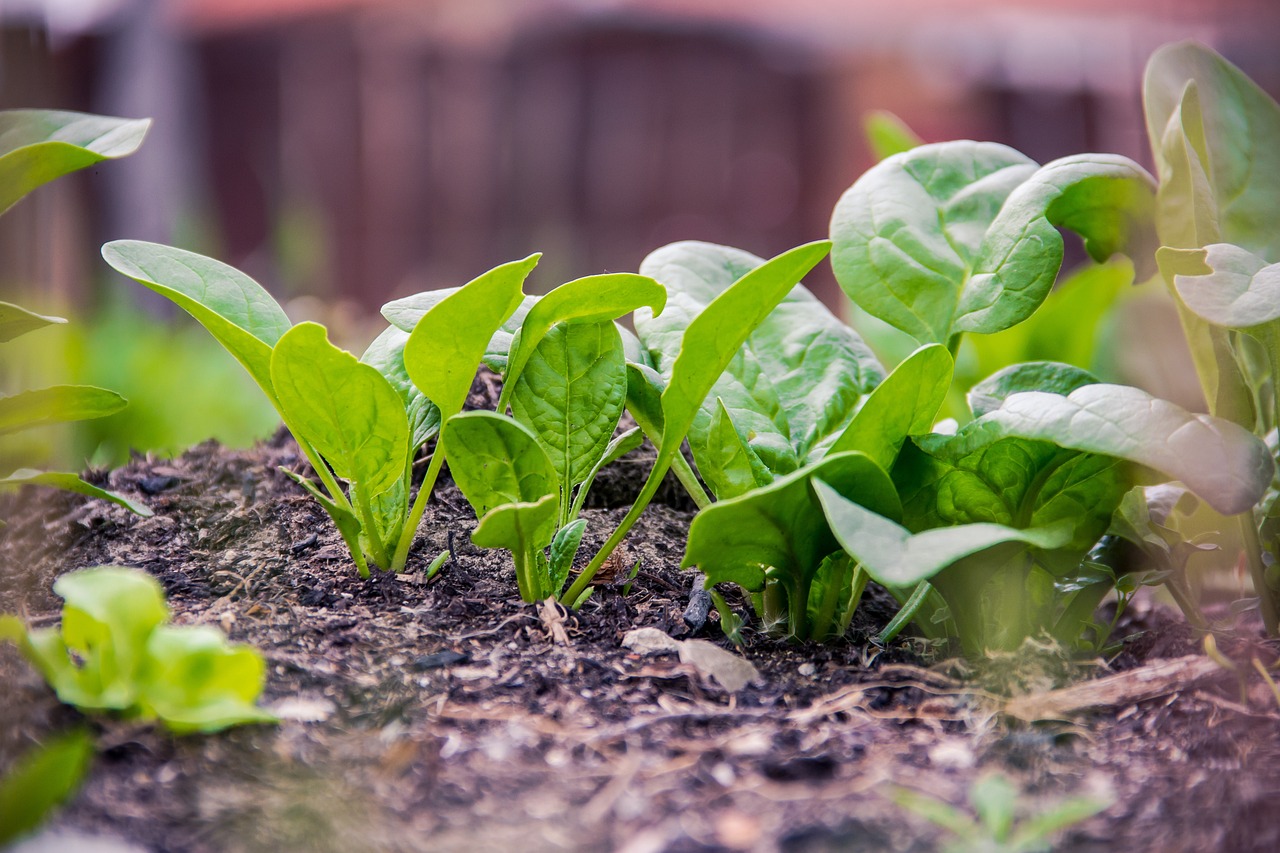
Spinach
Spinacia oleracea
A must have crop from autumn through to late spring. Spinach is a fantastic crop to grow close to the house as it can be used in all types of dishes and is best fresh. Spinach can be disguised into children’s smoothies and meals as it can be cooked down and isn’t recognizable as a vegetable.Another advantage to spinach is that you can pick leaves and then come back for more, in fact the more picking you do the more growth, just make sure to allow emerging leaves to grow.
Types of Spinach
There are 3 main groups of spinach
- Smooth leafed
- Savoy – Crinkly
- Semi-savoy which is a hybrid of both.
Smooth leaf spinach is more popular in supermarkets probably because of the simple aesthetic it gives for customers, but in my opinion savoy tastes better as it has less oxalic acid which gives it that bitter taste. Savoy is often considered as a cooking spinach rather than a salad spinach.
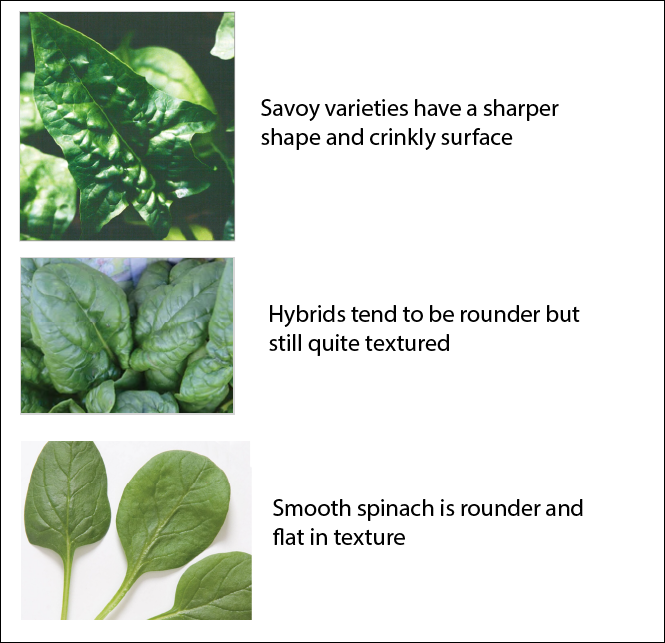
New Zealand Spinach
New Zealand spinach is a perennial and grown as a warm weather alternative to the other types of spinach. They are not directly related but are treated the same in terms of culinary uses. Start growing at about the date of the last frost which can be a bit tricky to predict these days, so let’s just go with the beginning of November. One or two plants per family member will be enough to give you plenty to eat.
I let this go to seed once and had it popping up everywhere which was great, but quite unexpected.
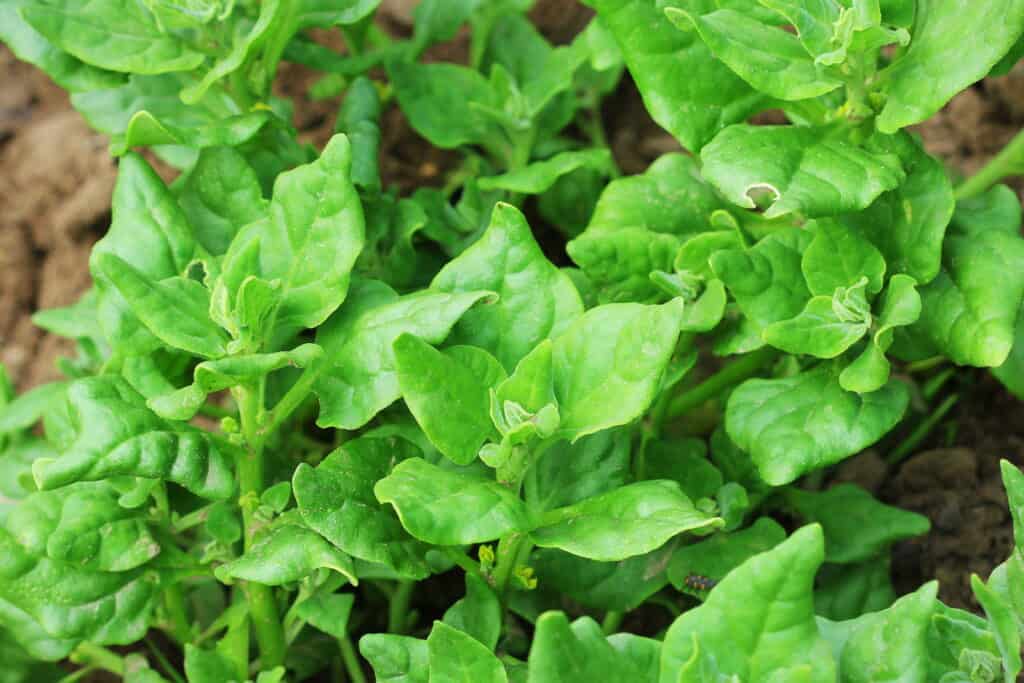
Growth height
There are two types of spinach in terms of how tall they will grow and that includes low growing and bunching spinach which has a longer stem and can be harvested as a bunch. The other type is low growing and is what you will see bagged up in the supermarket.
Sowing conditions
Spinach is easy to grow when temperatures are between 18-21 °C but will still grow well at lower temperatures, especially savoy. Spinach does not like the heat so I have stopped growing my spinach seedlings in the greenhouse. Instead, I grow on a table outside and do everything possible to make sure the area is slug free, such as removing potential hiding places. Slugs love new spinach and can wipe out germinating seedlings in a night.
Maturity
Smooth spinach matures quicker at about 27 days while savoy is slightly longer at 30-35 days.
Cost comparison
Environmentally, spinach is top of the list of items you should be growing from home. At the time of research spinach was $3.50/100 grams in the supermarket. This would last a week in the fridge before becoming soggy. That’s because it has already spent a day or two being processed, packaged (plastic) transported (fuel) and displayed for sale.
Cyclone Gabrielle exposed the fragility of supply for short shelf life items like spinach and lettuce when roads were blocked and masses of crops were lost. Spinach seeds are not expensive, $3.50 is the most you will pay for a full packet of seeds which can last for months. That’s what true value is, contrary to supermarket marketing.
The photograph shows a planter box that when mature will produce one of those bags every week if picked regularly.
It’s worth growing your own food whānau!
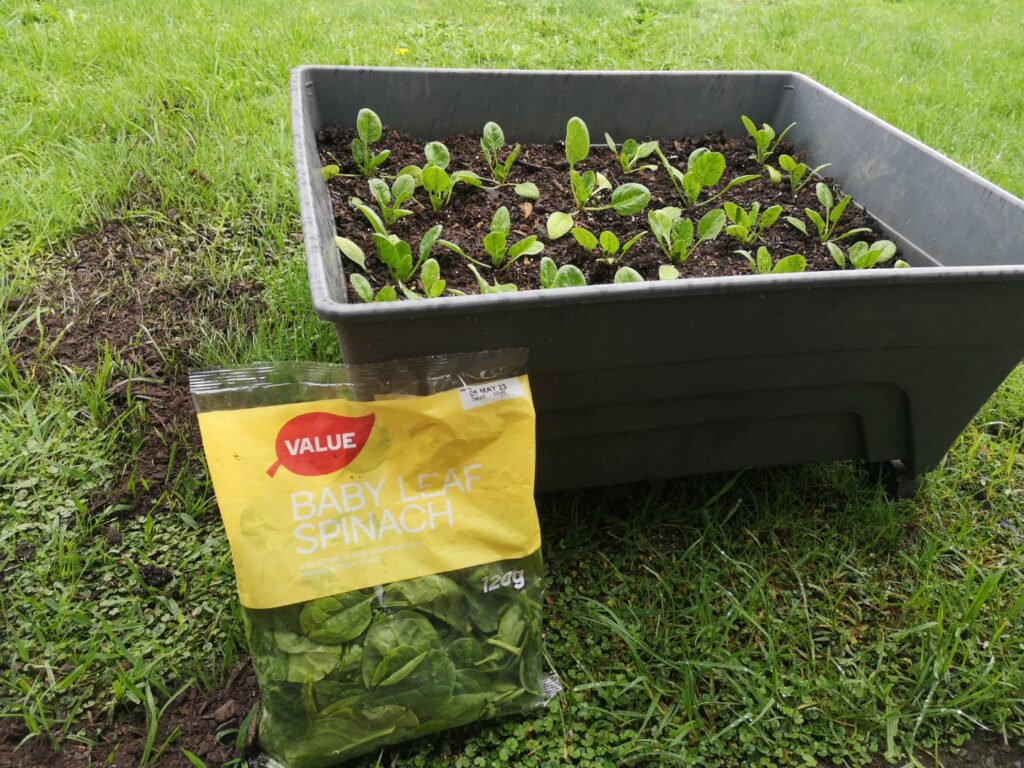
Recipes
Check out these recipes if you’re not to sure what to do with all that spinach you are growing.
Tag:spinach



